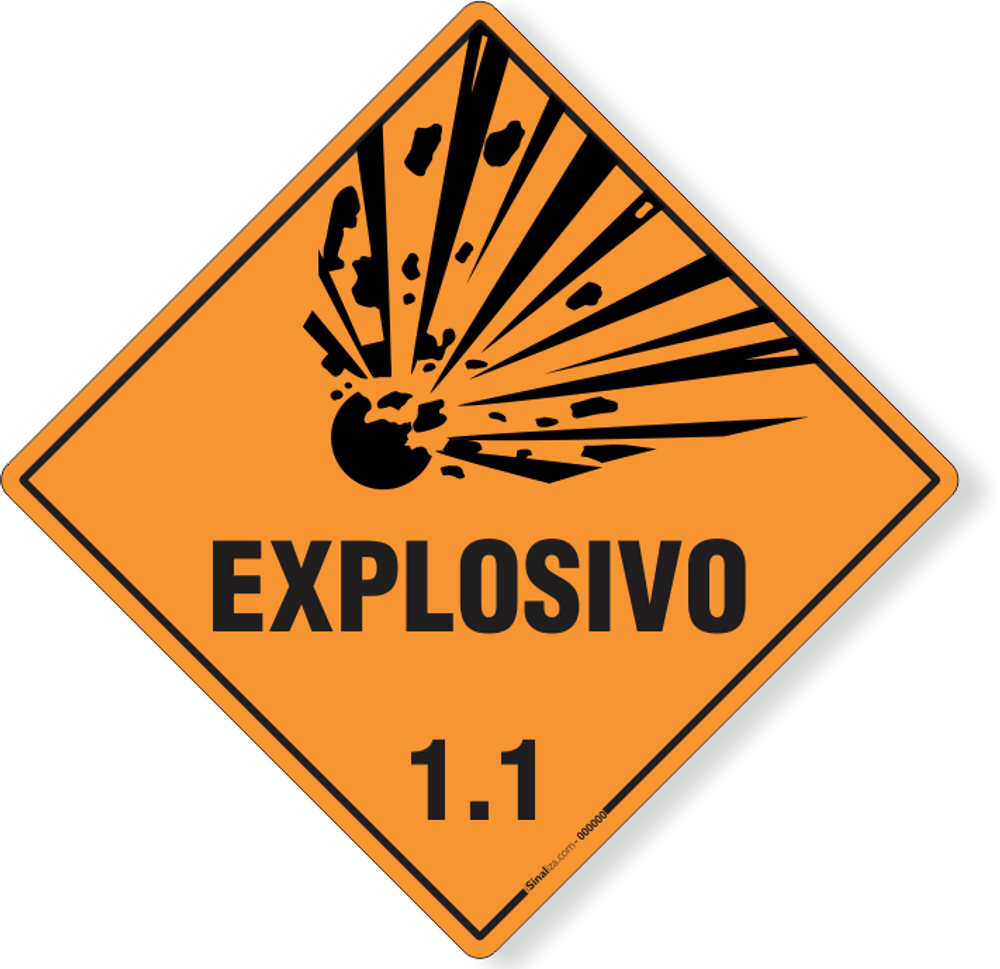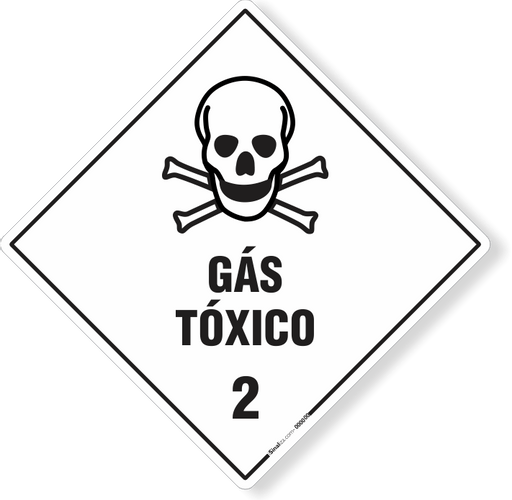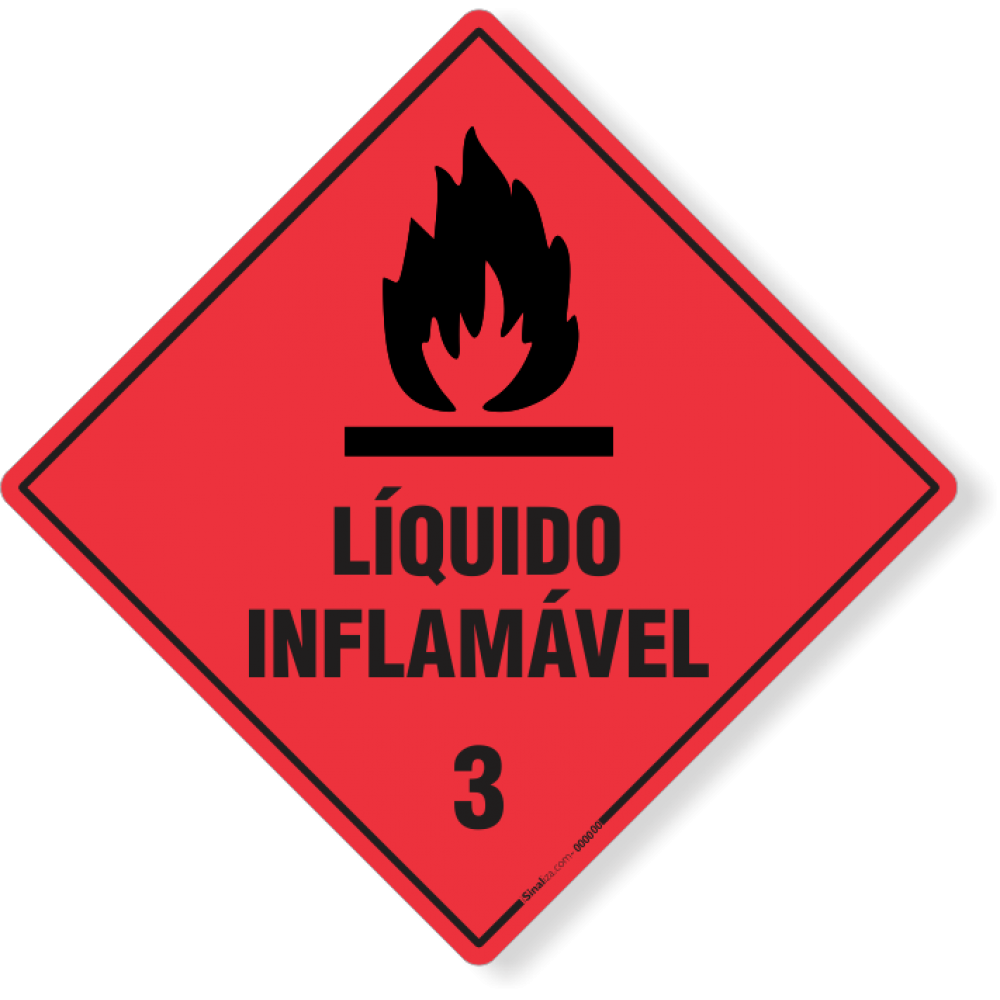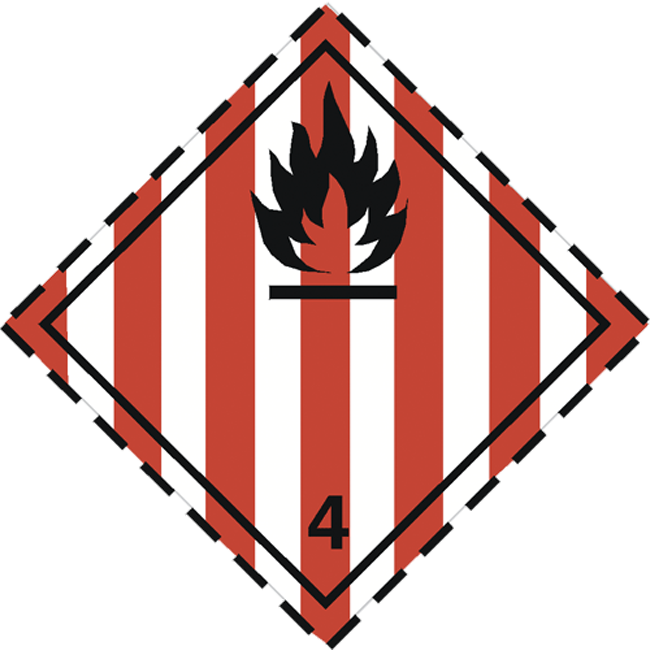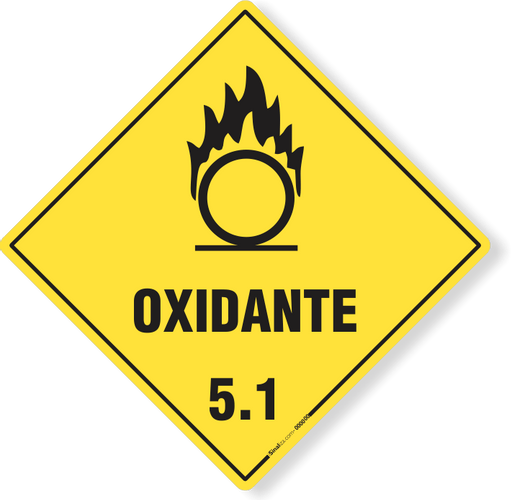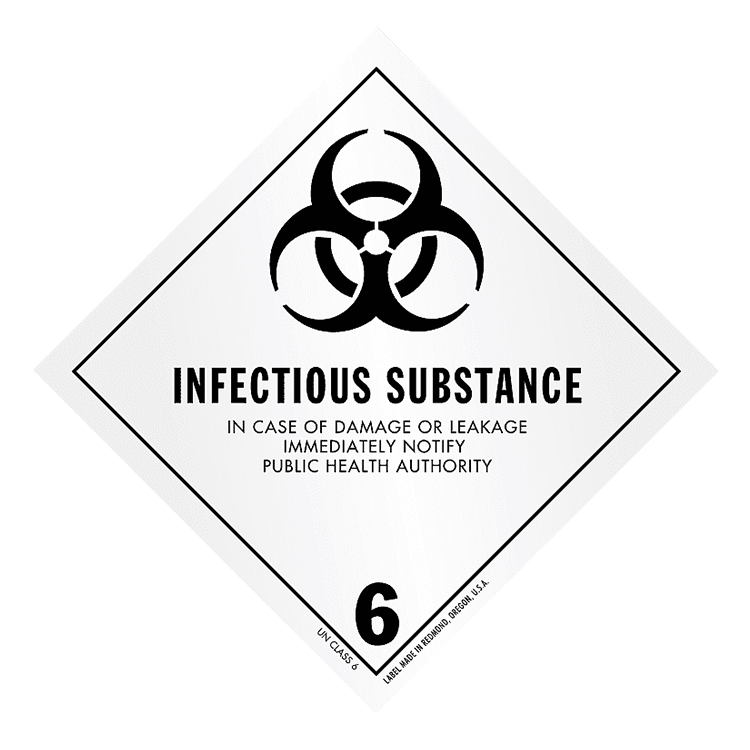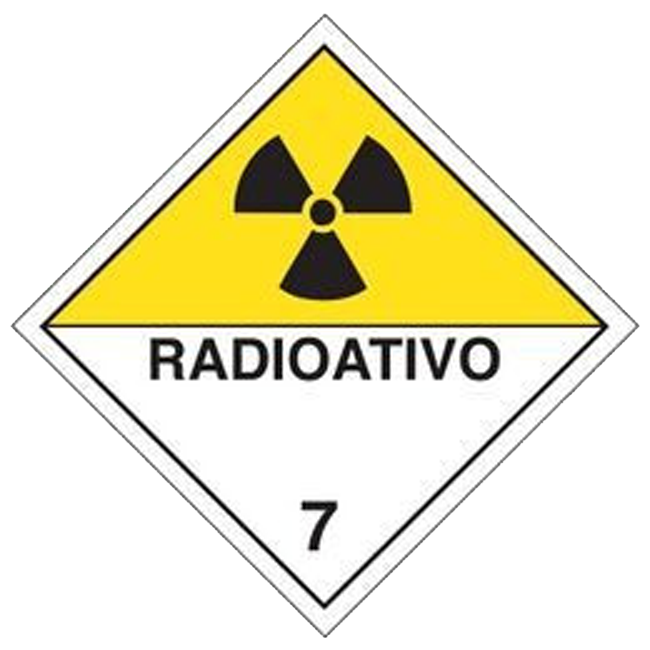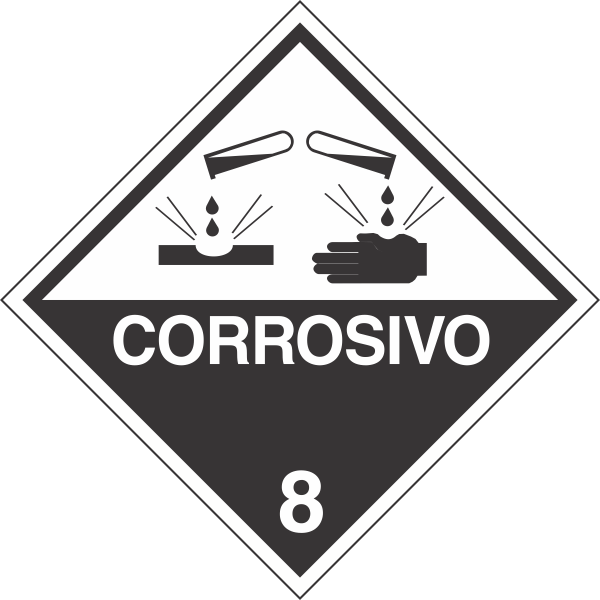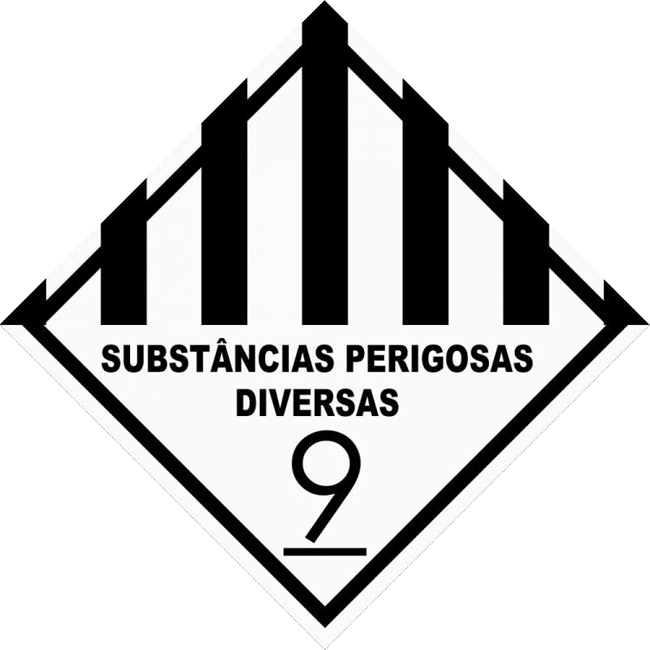CLASSIFICAÇÃO
The International Maritime Dangerous Goods Code (IMDG) classifies products that contain substances considered hazardous, in order to organize and regulate the transport and logistics of cargo. For each class there are rules to be observed regarding packaging, accommodation, and specific treatments.
According to the characteristics of the product, it is classified into one of the 9 existing classes or their subclasses, as follows:
In addition to the documents already used for a common import, it is still necessary:
- Indicative label to ensure correct handling and packaging.
- FISPQ (Chemical Product Data Sheet).
- Emergency Form.
- MDGF (Multimodal Dangerous Goods Form); and
- MSDS (Material Safety Data Sheet).
It is normal that there are surcharges for the transport of dangerous goods, which results in an increase to the value of international and national freight.
